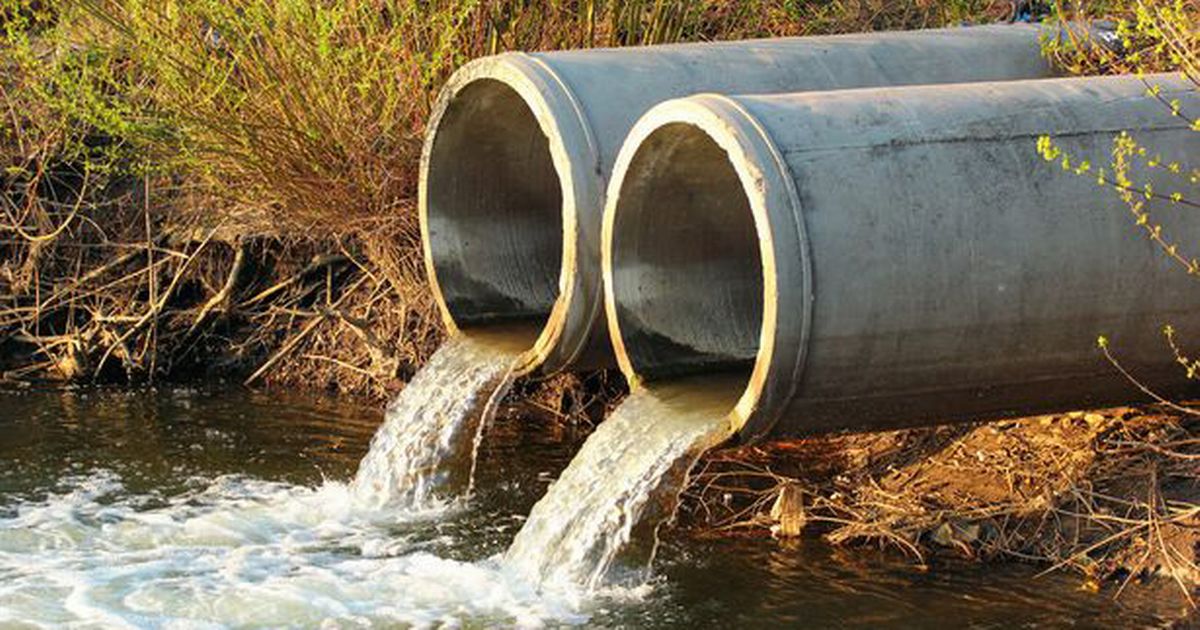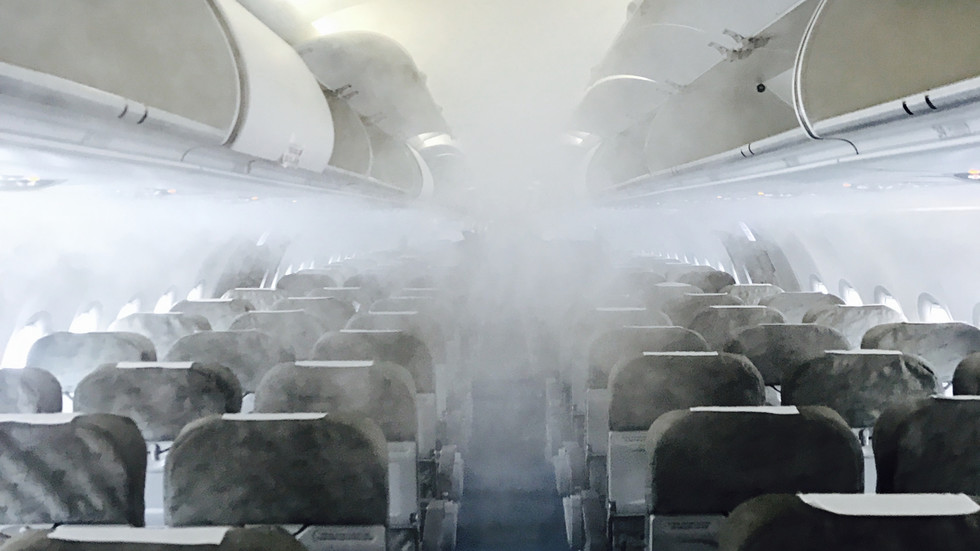By Dale Spridgeon
Copyright dailypost

Concerns over the “risks” from sewage released into the sea, lakes, rivers and onto beaches across Gwynedd have been raised. Politicians are also worried about coastal spots such as Tywyn, Criccieth, Fairbourne and Pwllheli and its impact on tourism.
MP Liz Saville Roberts, MS Mabon ap Gwynfor and Gwynedd Councillor Elin Hywel say they regularly receive complaints from constituents over the foul discharges. Get all the latest Gwynedd news by signing up to our newsletter – sent every Tuesday
They have called on Dŵr Cymru (Welsh Water) to re-double its efforts to prevent the problems and are asking for better information for people to assess whether locations are safe to bathe.
It comes as Welsh Water confirmed plans to shed up to 500 jobs – 12% – as part of a major restructuring. The company said they were “determined to play our part to improve river and bathing water quality and over the next five years”.
The politicians had cited Environment Agency data on the ‘Top of the Poops’ website which documented 118,276 discharges in Wales in 2024.
Dwyfor Meirionnydd reportedly saw 10,578 discharges, lasting around 88,682 hours, across 175 sites.
On Anglesey, there were said to be 3,331, lasting 28,615 hours, across 75 sites, and in Bangor, there were 4,389, lasting around 42,673 hours, across 85 sites.
The not-for-profit company has questioned the way the data is monitored in the UK, but said it was “determined” to improve river and bathing water via £2.5bn spent on improving the environment, including £889m on storm drains.
The company also pointed to a £19m investment for a large storm water tank under the football pitch between Beach Road at Bangor and the Promenade.
Mrs Saville Roberts and Mr ap Gwynfor said: “The pollution of our seas, beaches, rivers and lakes not only threatens our health but our well-being and sense of local pride.
“It has a detrimental impact on the Gwynedd visitor economy and water-based leisure activities.
“We continue to receive regular correspondence from constituents, concerned about the frequent discharging of sewage into local waterways and the adverse impact this is having on the health of our communities.
“It shows the level of the concern locally if people are prepared to write to their elected representatives, regularly.
“We share the concerns and wider public perception that these bodies of water are not safe to use.
“Our constituency relies heavily on tourism, particularly coastal communities such as Pwllheli, Tywyn and Cricieth.”
They said it was “disheartening” to be repeatedly told that sewage was being discharged, causing “palpable concerns locally”.
They added that those who use waterways also had to rely on apps for water quality information.
They said: “We urge Dŵr Cymru to redouble efforts in working with these platforms to ensure accurate, real-time data to inform users of water quality.
“All effort must be taken to mitigate the ongoing situation which neither the health of our communities, the visitor economy nor Dŵr Cymru can ill-afford.”
Gwynedd councillor Elin Hywel also expressed concern over the impact on local families and visitors to Pwllheli beach.
She said: “We are in a seaside area, this problem not only devalues the local tourism economy but prevents local people accessing their own sea and beach areas for leisure and exercise.”
She said that around the school holidays, families had kept children away from the beach.
She added: “What Dŵr Cymru is doing, goes against the local community.
“It completely undermines efforts such as local wildlife projects, it impacts local fishermen, and the RNLI have no choice but to go into the sea when sewage is present. We also have a sailing academy here.
“It is a farce and disrespectful to our local communities.
“Dŵr Cymru sends out warnings when there is low water pressure, so why not send warnings about discharges?
“We have to look on the Surfers Against Sewage website to see if there has been an alert.”
A Dŵr Cymru spokesperson said: “The EDM figures show a direct correlation between rainfall levels and storm overflow activations.
“Although 2024 was a wet year, it was drier than 2023, and this contributed to a seven percent reduction in total hours of storm water spills in our operating area.
“As a country on the western side of the UK, we have some of the highest levels of rainfall and are seeing an increase in severe events linked to climate change.
“Wales also has some of the oldest housing stock in the UK meaning there is more ‘combined’ sewers than other areas.
“We are determined to play our part to improve river and bathing water quality and over the next five years we’ll invest £2.5bn on projects to improve the environment, including £889m on improving storm overflows.
“The total removal of storm overflows is unaffordable and would take decades, so we are targeting this investment on those having the greatest environmental impact.
“It’s also important to note the large geographical size of these constituencies.
“All these communities are served by smaller sewerage networks and storm overflows, which are essential to ensure networks do not become overwhelmed and flood properties.
“There will be more waste water assets in a North West Wales constituency than an inner city.
“The UK monitors frequency of operation (event) and for how long (duration) rather than volumes, so a six-inch pipe in North West Wales scores the same as a discharge in a big city, you could drive a bus down, even though the amount of storm water and sewage and the impact will be very different.” Sign up now for the latest news on the North Wales Live Whatsapp community



